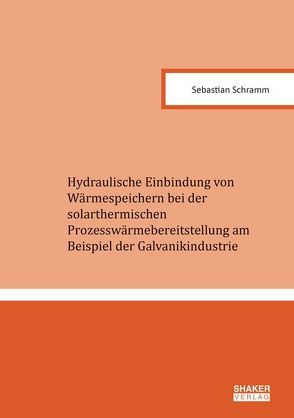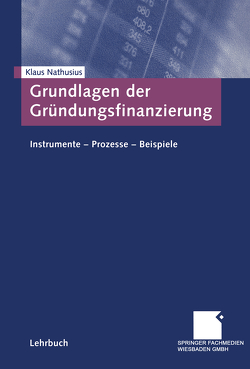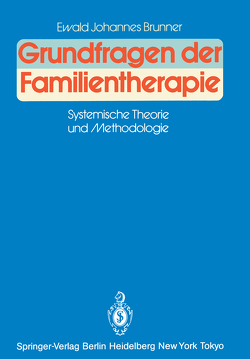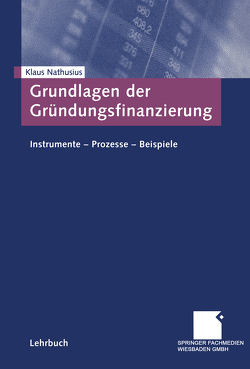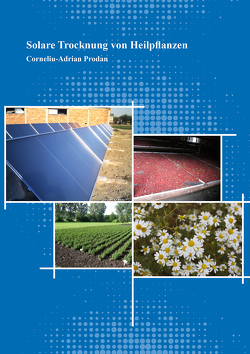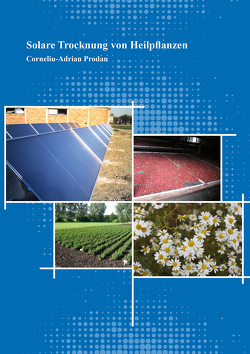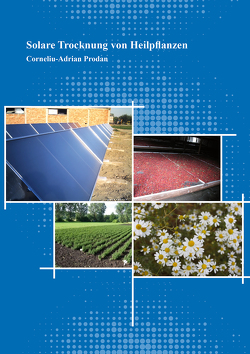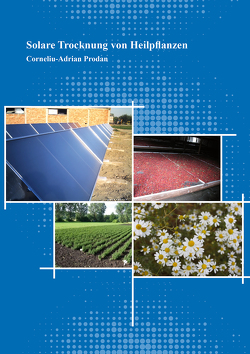Hydraulische Einbindung von Wärmespeichern bei der solarthermischen Prozesswärmebereitstellung am Beispiel der Galvanikindustrie
Sebastian Schramm
This work presents a new hydraulic design of solar thermal storage charging for the supply of high temperature process heat, which was tested in a real process heat system as well as by means of computer simulations. A simple modification in the pipework – essentially a return flow increase in the solar circuit – results in the quick charging of the storage tank at needed temperature level and reduces heat loss at the storage. In practice a stratification valve and, for the quick supply of high temperatures, a flow bypass at the storage or systems without storage are common.
Electroplating was recognised to be a promising industrial sector for solar thermal process heat and analysed as application example. Therefore the developed hydraulic storage concept is tested and compared with a conventional storage hydraulic for the first time in a practice test at the solar system of an electroplating company. Extensive measurements at five different, industryspecific production sites provide the basis for the definition of typical process parameters. By means of simulation, the findings of the field test are confirmed and furthermore a comparison of the four plant concepts mentioned is carried out within the typical range of characteristic plant parameters.
The new storage hydraulic proves three fundamental benefits: Under a variety of framework conditions a higher system yield can be generated, the storage hydraulic reacts more robustly to unfavourable framework conditions and it provides a larger part of the high-temperature heat if there are more heat sinks on different temperature levels. However, a system without storage can be a preferable solution in particular in case of small solar coverage rates.
Further research should examine whether the new storage hydraulic is a reasonable application in branches other than the electroplating industry or for other utilization purpose and which optimisation potential of the control concept of the storage integration exists.
